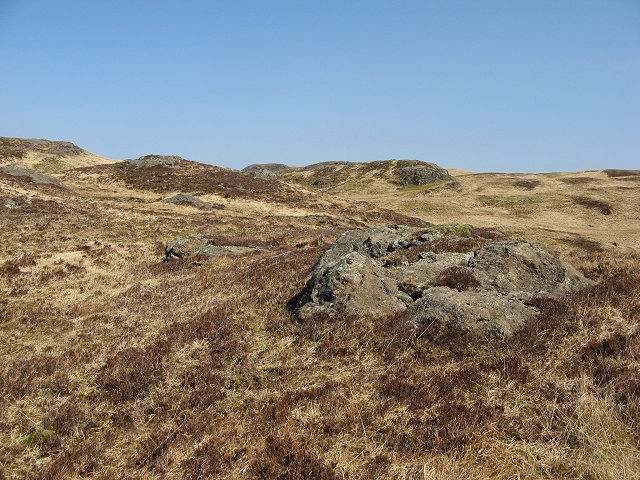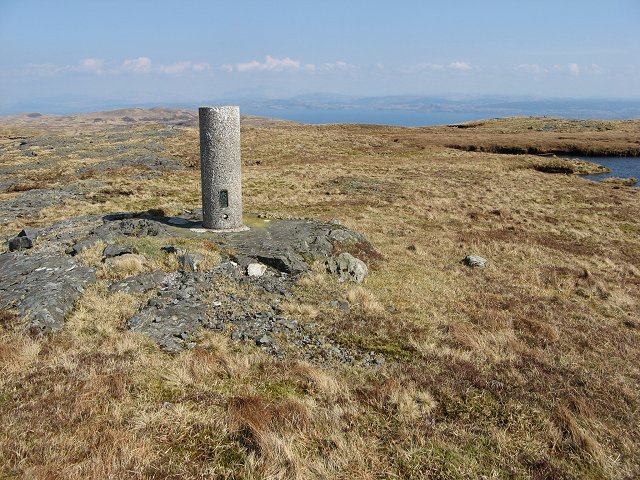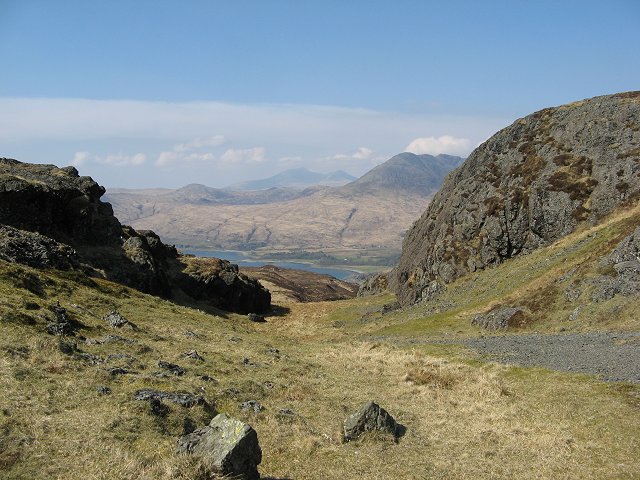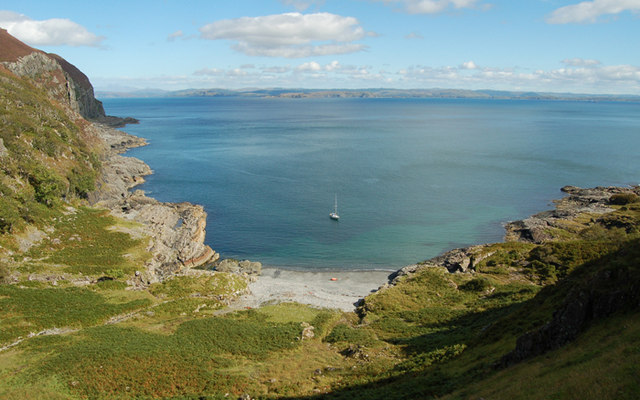Rubha na Codha
Coastal Feature, Headland, Point in Argyllshire
Scotland
Rubha na Codha

The requested URL returned error: 429 Too Many Requests
If you have any feedback on the listing, please let us know in the comments section below.
Rubha na Codha Images
Images are sourced within 2km of 56.32006/-5.8076799 or Grid Reference NM6420. Thanks to Geograph Open Source API. All images are credited.



Rubha na Codha is located at Grid Ref: NM6420 (Lat: 56.32006, Lng: -5.8076799)
Unitary Authority: Argyll and Bute
Police Authority: Argyll and West Dunbartonshire
What 3 Words
///influence.mash.chops. Near Lochbuie, Argyll & Bute
Nearby Locations
Related Wikis
Firth of Lorn
The Firth of Lorn or Lorne (Scottish Gaelic: An Linne Latharnach) is the inlet of the sea between the south-east coast of the Isle of Mull and the mainland...
Loch Buie
Loch Buie (Scottish Gaelic: Locha Buidhe, meaning "yellow loch") is a sea loch on the south coast of the Isle of Mull, off the west coast of Scotland....
Moy Castle
Moy Castle is a ruined castle near Lochbuie on the Isle of Mull, Scotland. The site is now a scheduled monument. == History == The land upon which Moy...
Lochbuie, Mull
Lochbuie (Scottish Gaelic: Locha Buidhe, meaning "yellow loch") is a settlement on the Isle of Mull in Scotland about 22 kilometres (14 mi) west of Craignure...
Nearby Amenities
Located within 500m of 56.32006,-5.8076799Have you been to Rubha na Codha?
Leave your review of Rubha na Codha below (or comments, questions and feedback).

















